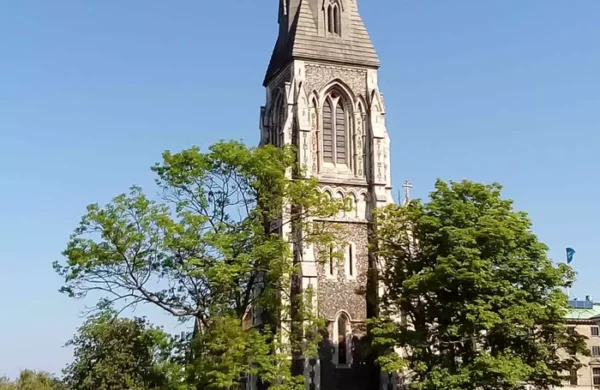
St. Alban’s was consecrated on September 17th, 1887. Following the consecration the Prince and Princess of Wales hosted a lunch on their royal ship for those who had worked to make the church a possibility. This church, although first and foremost a house of worship promoting freedom of religion, was as much a tool to connect European nations.
Like this:
Like Loading...
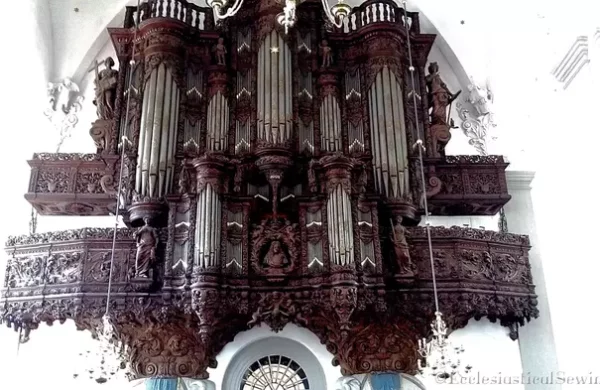
Our Saviour’s Church, built in 1680 by architect Lambert van Haven, stands on the site of a 1639 church. In the Dutch Baroque style, its Greek cross floor plan reaches 36 meters in height. The design emphasizes order in creation, with focus on God and divine right following the king. The altar, crafted by Nicodemus Tessin in 1732, uniquely depicts the Garden of Gethsemane instead of a crucifixion.
Like this:
Like Loading...

The mosaic of Christ holding a book with the words “Ego Dominus Et Magister” offers design inspiration. Details like the nimbus with cross and diamond border could be beautifully translated into hand-embroidered silk and gold threads. The orphrey on Christ’s shoulder is simple yet elegant. The swirling clouds and the mosaic border with a scroll motif and a cross framed in an oval shape also provide intriguing design ideas.
Like this:
Like Loading...
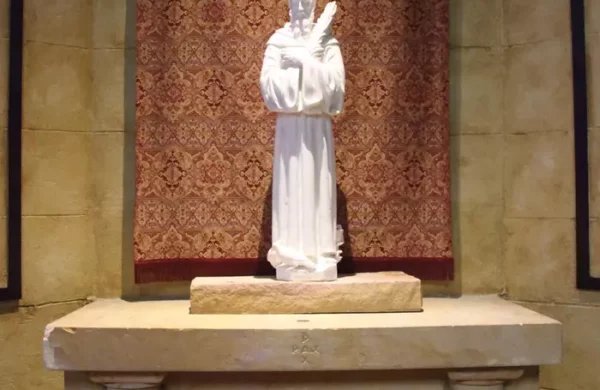
Spring travels led to St. Leo Monastery in Florida, a serene retreat with a beautiful chapel set against a lake. The exterior’s simplicity contrasts with the rich terracotta stone and tile color, a wall side lining hanging with tapestry fabric in deep reds, rusts, golds, and terracotta. The chapel’s design, statues, and fabric create a peaceful atmosphere for prayer. Despite being a brief visit, the monastery left a lasting impression, showcasing the beauty found in both vestments and architectural details.
Like this:
Like Loading...
The Clergy presiding over the service wore matching cream-colored vestments with tapestry orphreys. Another clergy wore vestments such as surplices, dalmatic, tunic, and chasuble, according to their role and position within the church. Clergy robed in matching white chasubles lined the stairs to pay their last respects as the flag-draped coffin left the Cathedral
Like this:
Like Loading...
Happy New Year from Ecclesiastical Sewing! After a busy month of home remodeling and wedding preparations, the workroom turned into a wedding hub. From groomsmen alterations to bridesmaid dresses and vintage veil restyling, it was a flurry of activity. The remodeled space is now organized and lovely!
Like this:
Like Loading...

Ninian Comper, also known as John Ninian Comper, embarked on his design career in 1880 at age 16 in Aberdeen School of Art. After joining Charles Kempe’s studio in 1882, he honed his skills. Comper’s apprenticeship with George Frederick Bodley in 1883 marked a significant phase in his development as a church architect. This dedicated training for four years under Bodley and Thomas Garner shaped Comper into a skilled practitioner beyond a mere craftsman.
Like this:
Like Loading...

Liturgical Arts Resources link artists for inspiration. The Lutheran Art Resources site values quality in church aesthetics, focusing on unique paraments and vestments. Despite limited resources, various options exist for obtaining high-quality liturgical art. Scapegoat Studio Blog’s logos and Ad Crucem’s vibrant paintings, including Edward Riojas’s, add richness to this artistic community.
Like this:
Like Loading...
Back to Ecclesiastical Projects – Soon For all of you patiently waiting for a new post, never fear. The Ecclesiastical Sewing blog has not dropped off the face of the planet….or at least not quite. I have been enjoying a few weeks off with family, and visiting some remote places that are nearly off the map. Fortunately, I have found my way out of the backcountry of Glacier Park and will be back to work posting new Ecclesiastical Sewing Projects next week. Until then, happy summer. Solo Dei Gloria… Read more Back to Ecclesiastical Projects – Soon →
Like this:
Like Loading...
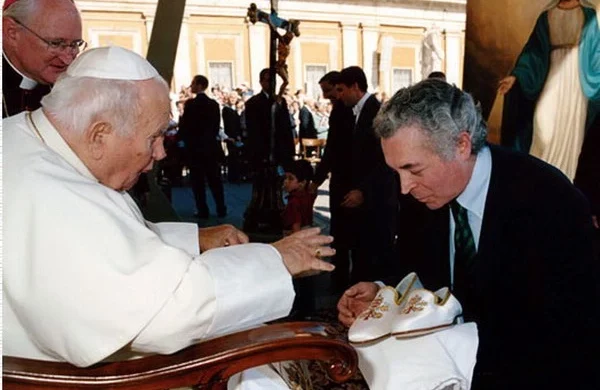
Ecclesiastical Footwear? C0113517921/[/embed] One can only imagine the honor of making a special pair of shoes for the Pope. These truly are a work of art. I hope you… Read more Ecclesiastical Footwear? →
Like this:
Like Loading...

This Book of Prayer is a part of the Collection of Rare Books at the Concordia Seminary Library on the LC-MS Seminary Campus in St. Louis, MO. The Rare Books Library houses a unique collection of rare volumes relating to Church History, specifically, Lutheran Church History
Like this:
Like Loading...
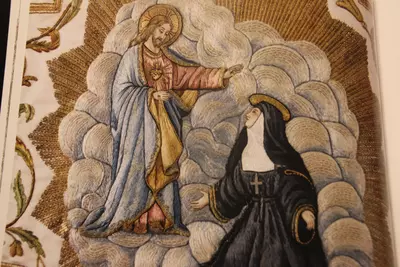
The Museum of the Visitation features stunning works of art produced, collected, and saved over many Centuries by the Order of the Visitation. The artworks include many ornamental branches of church art such as statues, silver, textiles, and silks.
Like this:
Like Loading...
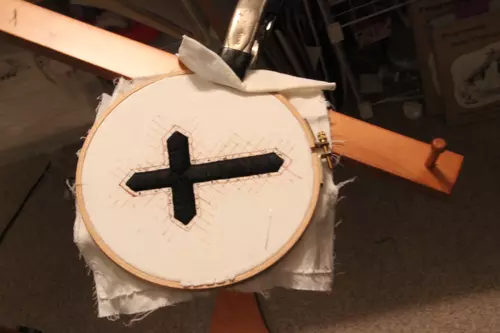
The stitching on hand embroidery project is not overly difficult. This would make a great beginner’s project with a few modifications, such as using floss padding, and a single strand of embroidery floss for the laid stitching.
Like this:
Like Loading...

The Passion Cross has black felt padding, over which Au Ver A Soie, Soie Ovale is being stitched. A base of silk threads would be laid to create a padded surface, and then begin the stitching over thread padding.
Like this:
Like Loading...
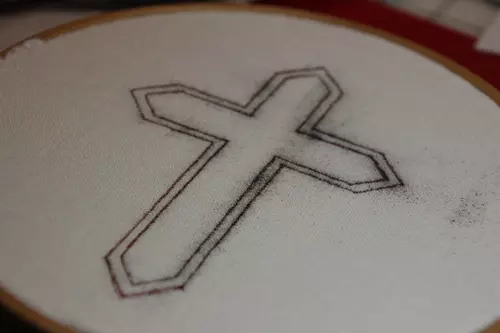
Creating Chalice Veil Cross in 20 minutes.
– The Design for the Chalice Veil Passion Cross is small. There was a tiny scrap of linen, washed and pressed, and with the right size, along with a piece of Kona Cotton to use as a backing. This was the perfect project for a small round hoop.
Like this:
Like Loading...

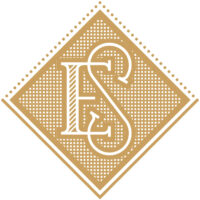











You must be logged in to post a comment.